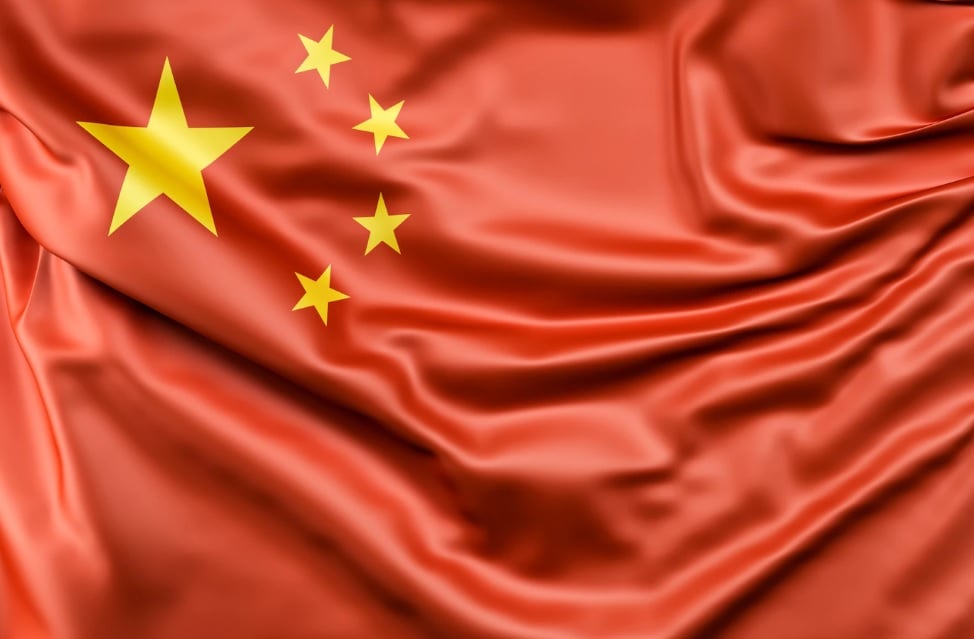China’s economic activity resumed growth in January, following a reduction in COVID-19 cases in the country and the easing of restrictive measures imposed by Xi Jinping’s government.
This is good news for Brazilian agriculture, since China is Brazil’s largest trading partner, responsible for 33% of all agricultural exports.
However, experts say that from now on, the Asian country’s economy is unlikely to repeat the growth of previous years.
China has also felt the effects of COVID-19 on its economy.
In the first year of the pandemic in 2020, China’s GDP was only 2.2%, the lowest in almost 50 years.
In 2021, growth was 8.2%, within the average of the last 10 years, but it is important to take into account that the previous base was very poor.
In 2022, with the increase in the number of cases and the zero-COVID policy imposed by the Chinese government, the Chinese economy stagnated and closed the year with growth of only 3%, the second worst since the communist revolution in 1976.
With the global crisis, external demand for Chinese products plummeted, unemployment in the country increased, domestic consumption fell and the Chinese population decreased for the first time in more than six decades, with a reduction of 850 thousand inhabitants in one year.
After several protests organized by the population throughout the country in December and the easing of restrictions, the Chinese economy is beginning to show signs of recovery, although still at a slow pace.
China is the largest exporter and the second largest importer on the planet.
The recovery of this giant player in the international market with a population of 1.4 billion people is fundamental for the global economy, especially for Brazilian agriculture, since 33% of agricultural exports are destined for China and Hong Kong.
But from now on, China is not expected to repeat double-digit GDPs as in the past.
Even before the pandemic, the Chinese economy had already been slowing down over the last decade, as a result of a financial bubble created by the government itself, when it released too much credit to the Chinese during the global crisis of 2008. In addition, the Chinese economy is experiencing a moment that economists call a middle-income trap.
Source: Canal Rural

